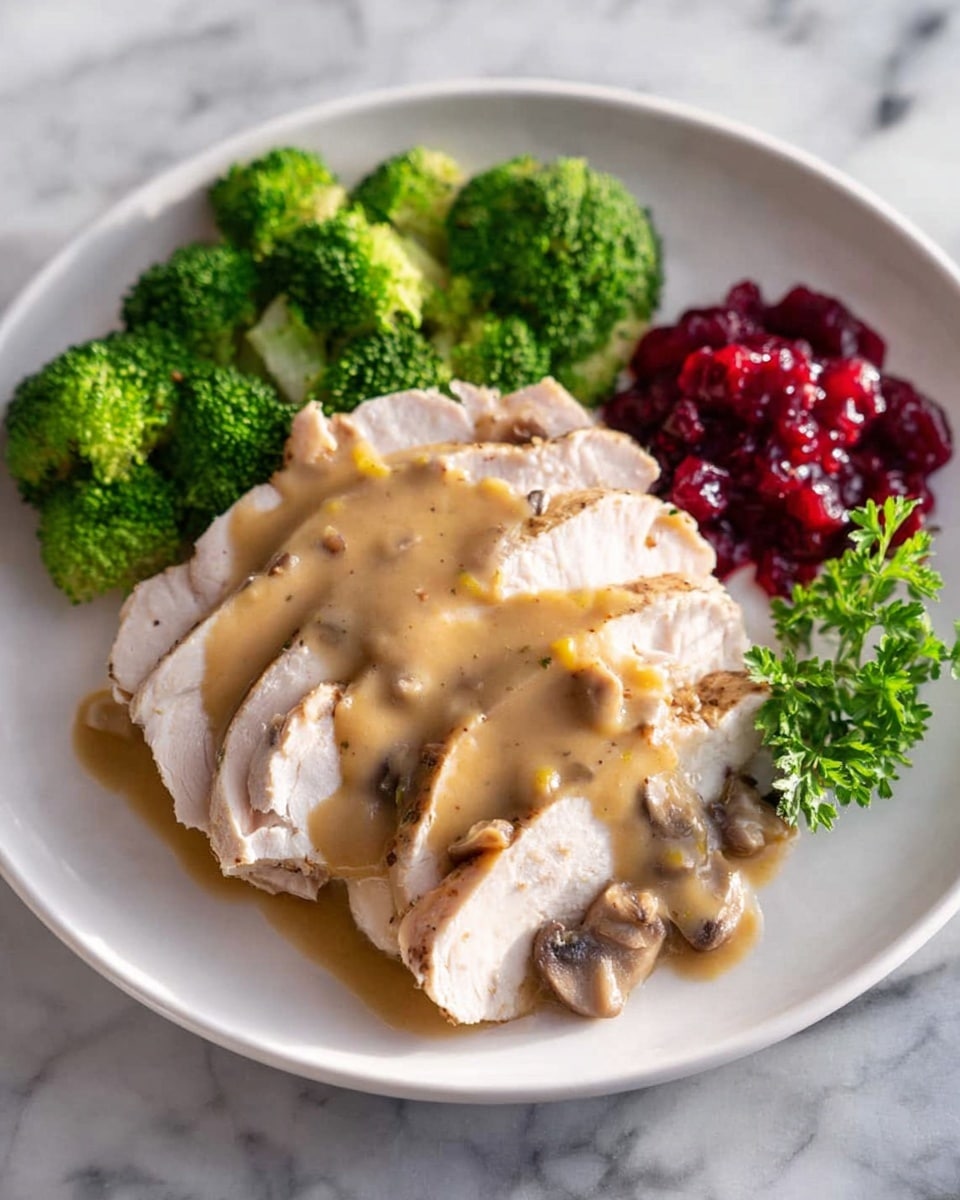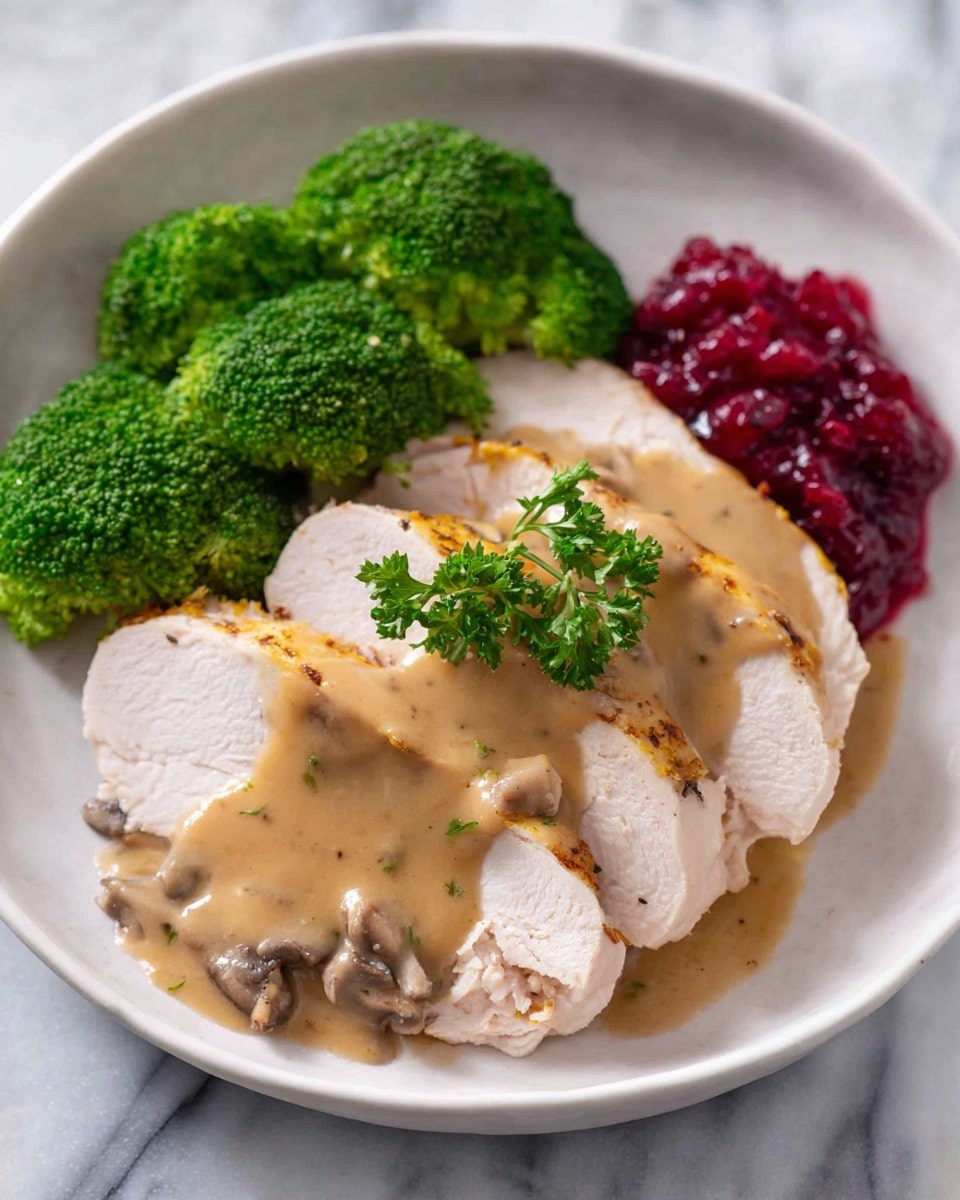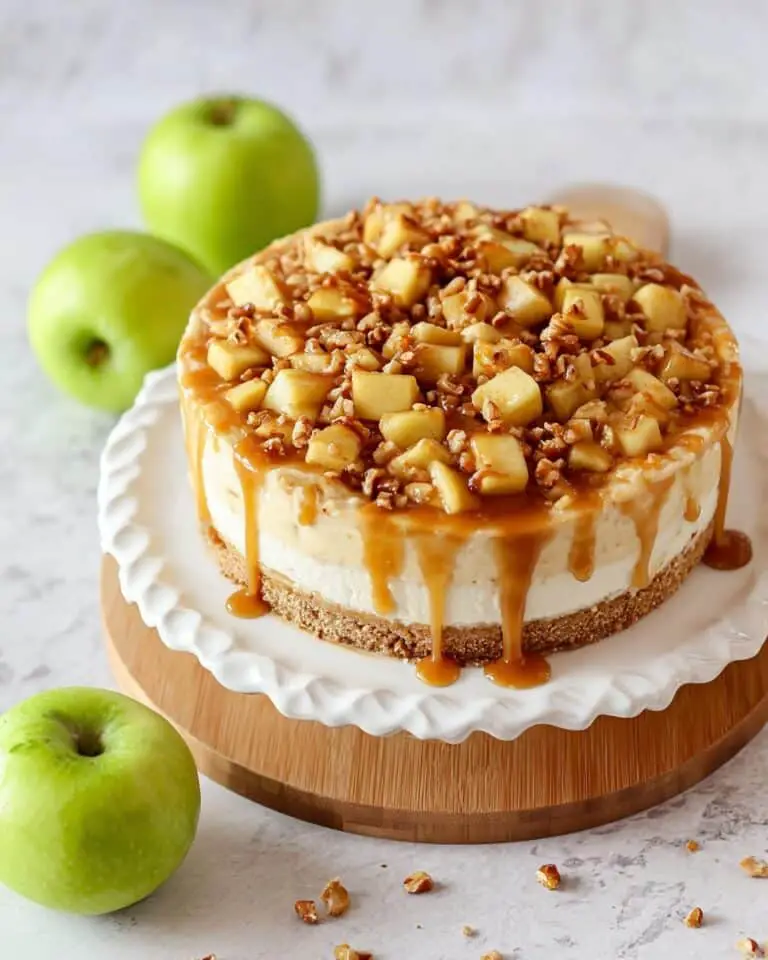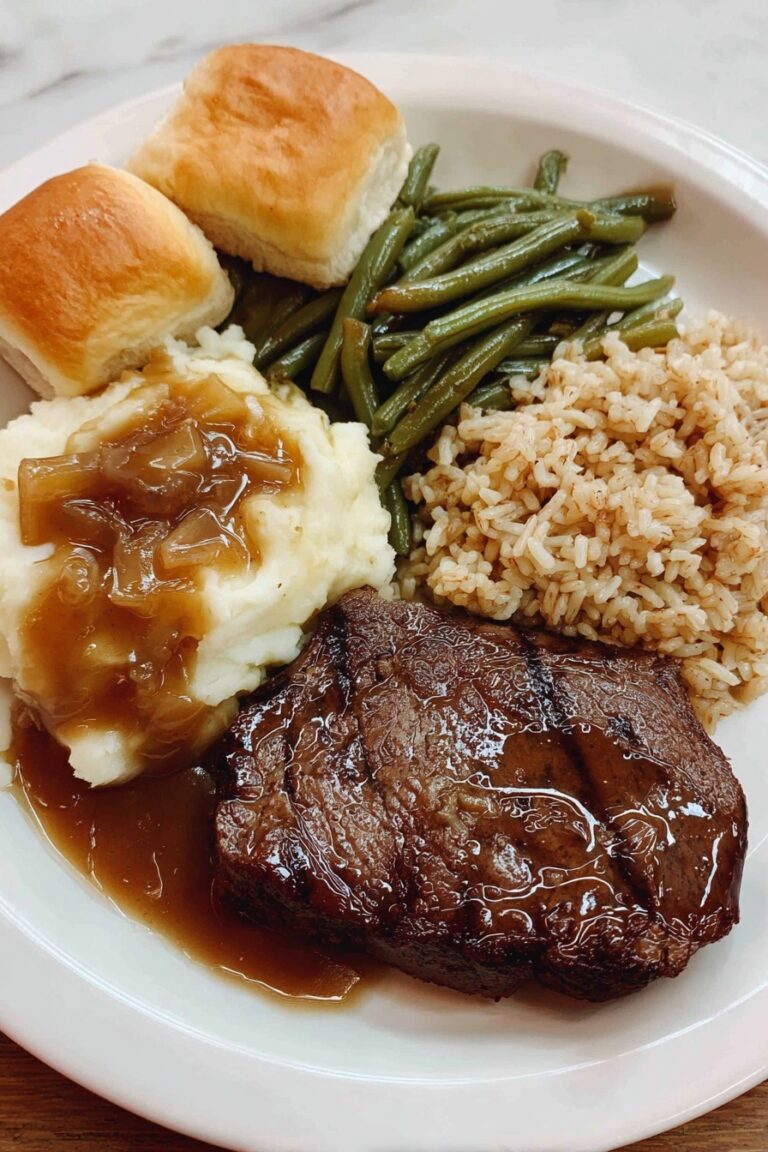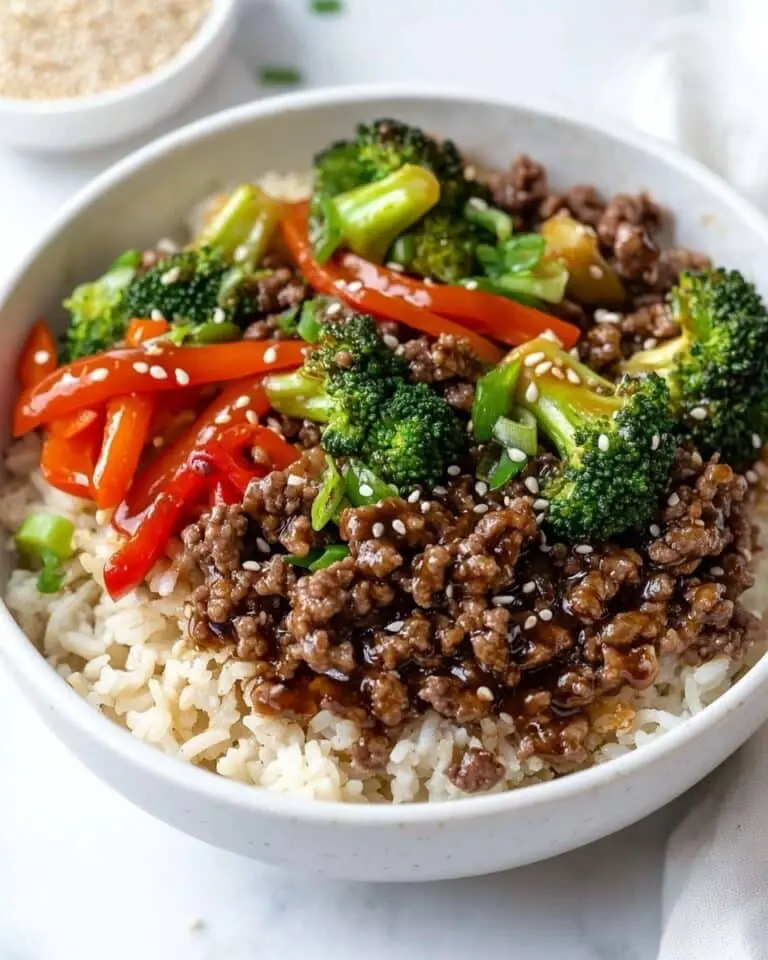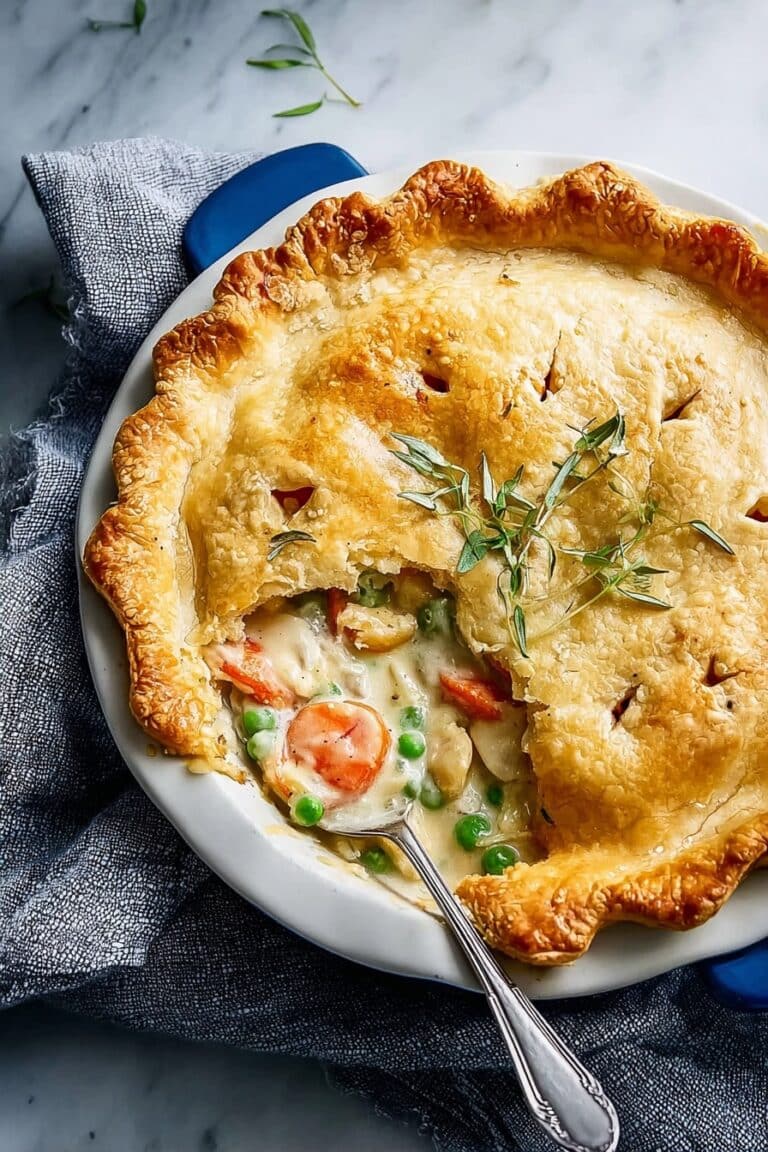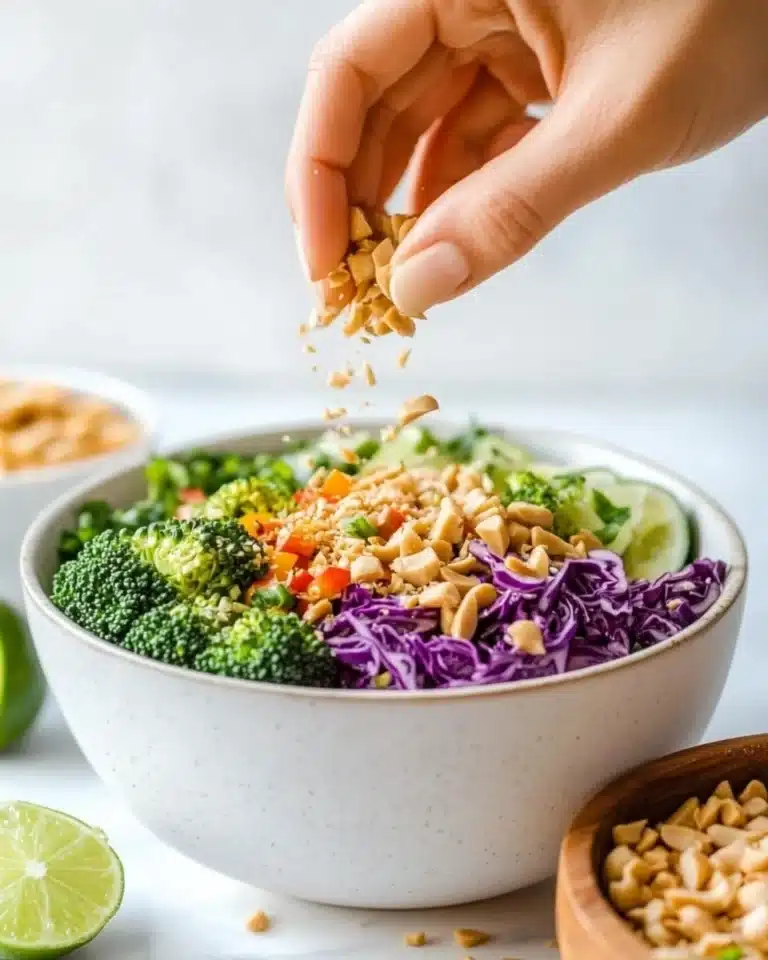If you want a gravy that truly screams comfort and tradition, you’ve got to try this Turkey Giblet Gravy Recipe. I absolutely love how rich and flavorful it turns out, especially when you make use of those often overlooked giblets. Trust me, once you master this, your family will be asking for it every Thanksgiving and beyond.
Why You’ll Love This Recipe
- Rich, Traditional Flavor: Using turkey drippings and giblets infuses your gravy with deep, nostalgic taste.
- Easy to Follow Steps: I’ve simplified the process to help you nail it every time without stress.
- Versatile and Customizable: You can tweak the consistency and even skip the giblets if you prefer.
- Perfect for Any Occasion: Beyond Thanksgiving, this gravy makes weeknight dinners feel special.
Ingredients You’ll Need
Each ingredient plays a role in making this Turkey Giblet Gravy Recipe shine. The turkey drippings add that authentic roasted flavor, while the broth and flour help build a silky, luscious texture. When shopping, look for fresh giblets if you want to embrace the full flavor boost.
- Turkey drippings: These are GOLD—don’t toss them! They carry all the roasting magic.
- All-purpose flour: This helps thicken your gravy into that perfect, velvety sauce.
- Low-sodium chicken broth: Or turkey or vegetable broth—adds depth without overpowering.
- Salt and pepper: Essential to balance and enhance your flavors.
- Giblets and turkey neck: Optional but highly recommended for authentic flavor.
Variations
I like to keep this recipe classic, but sometimes I add a bit of fresh herbs or swap out chicken broth for vegetable broth to keep it lighter. Feel free to make this gravy your own—it’s pretty forgiving!
- Herb-infused: Adding a sprig of thyme or a bay leaf to the simmering giblet broth gives a lovely, subtle aroma I adore.
- Vegetarian twist: Skip the giblets and turkey drippings; use mushroom broth and a splash of soy sauce for umami richness.
- Extra thick gravy: If you like thick gravy, double the flour and cook a bit longer but watch carefully so it doesn’t get gluey.
How to Make Turkey Giblet Gravy Recipe
Step 1: Simmer Those Giblets to Unlock Their Flavor
Start by placing the turkey neck, heart, liver, and gizzards in a medium saucepan and cover them completely with water. Bring it to a boil, then simmer gently for about an hour until the meat is tender and cooked through. This step is key for extracting that rich giblet flavor we’re after. When done, carefully remove the giblets with a slotted spoon.
Step 2: Prepare Your Giblets for Gravy
Once the giblets cool a bit, here’s a little trick I learned: discard the liver to avoid any bitter aftertaste. Pick the meat off the turkey neck and combine it with the remaining giblets. Dice everything into small pieces—this little step really makes your gravy feel homemade and luxurious.
Step 3: Skim the Turkey Drippings and Make a Roux
After roasting your turkey, carefully pour the drippings into a large bowl. Let it sit for a few minutes so the fat rises to the top. You’ll want to skim off most of the fat with a spoon—this helps keep your gravy silky without being greasy. Next, add about one cup of those drippings to a saucepan, then whisk in the flour to make a smooth paste. This roux is the foundation of your gravy, so take your time and cook it over medium heat until it’s a beautiful golden brown.
Step 4: Build and Perfect Your Gravy
Slowly whisk in the chicken broth along with an extra cup of drippings and keep whisking as the mixture thickens over 5 to 8 minutes. Stir in the diced giblets next. Now’s the moment for some taste-testing: if your gravy feels too thick, add a splash of the reserved giblet broth or some drippings liquid. Too thin? Simmer a little longer or whisk in a cornstarch slurry to get that perfect consistency you want. Season gently with salt and pepper to finish.
Pro Tips for Making Turkey Giblet Gravy Recipe
- Save a Little Broth: I always keep some giblet broth just in case my gravy thickens too fast; it makes adjusting consistency a breeze.
- Low and Slow Roux: Cooking your roux slowly prevents burning and deepens the flavor—patience pays off here.
- Taste Before Salting: Since drippings and broth have salt, season at the end to avoid overseasoning your gravy.
- Handle Giblets with Care: Removing the liver avoids bitterness—this small tip saved me from several not-so-tasty batches.
How to Serve Turkey Giblet Gravy Recipe
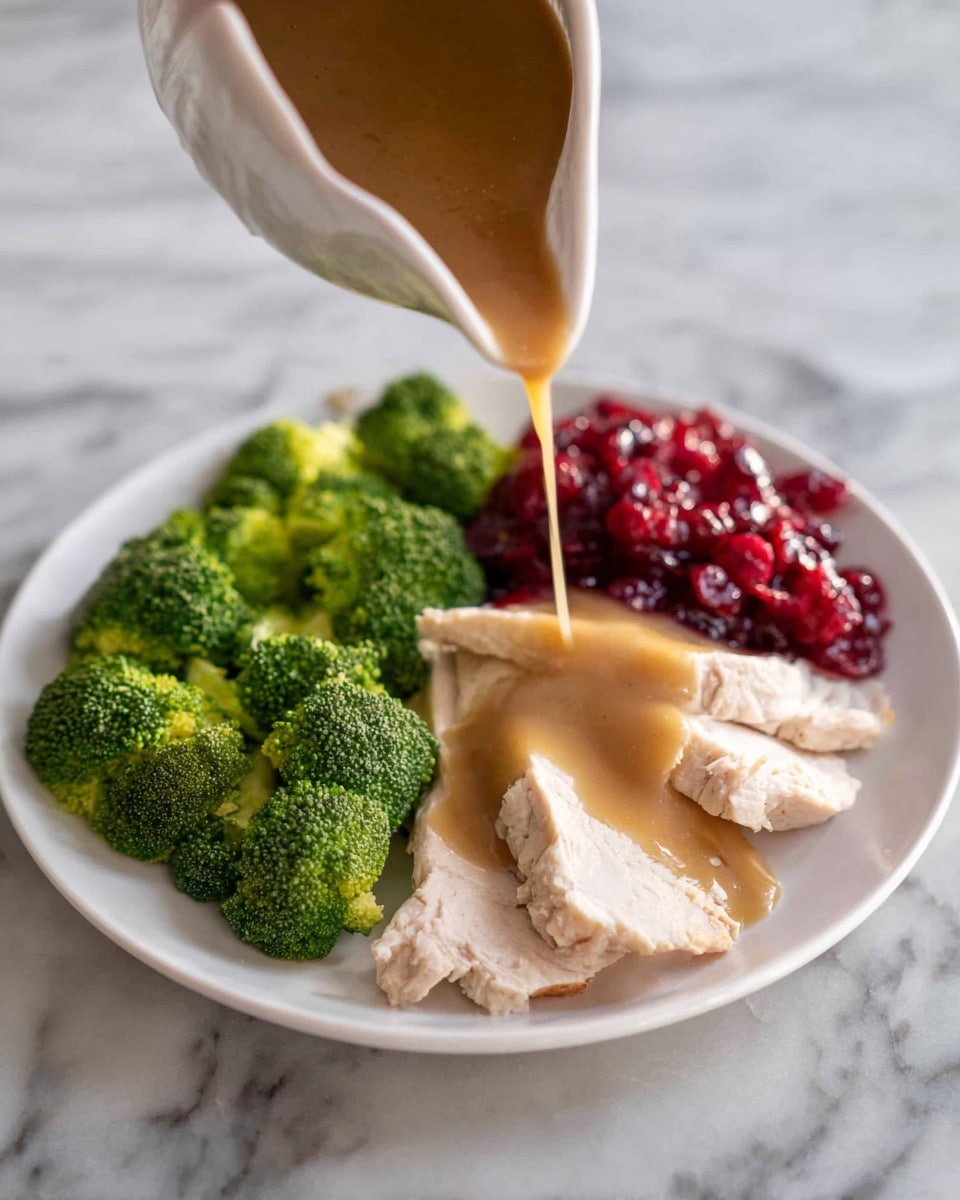
Garnishes
I love sprinkling just a bit of freshly chopped parsley or thyme on top. It adds freshness and a dash of color that makes the gravy pop on the plate. Sometimes, I even toss in a few crispy fried shallots for a delightful crunch.
Side Dishes
This gravy pairs beautifully with classic mashed potatoes, roasted vegetables, and of course, turkey! My family goes crazy when I serve it alongside buttery dinner rolls—we always end up mopping up every last drop.
Creative Ways to Present
For holidays, I like to pour the gravy into a beautiful ceramic gravy boat—makes it feel fancy and inviting. Another fun idea is drizzling it over turkey sliders or even biscuits for brunch the next day. It’s surprisingly versatile!
Make Ahead and Storage
Storing Leftovers
After enjoying your feast, pour any leftover gravy into an airtight container and refrigerate. It keeps beautifully for up to 3–4 days. Just give it a good stir before reheating to bring back that silky texture.
Freezing
I’ve frozen turkey giblet gravy in small portions for quick weeknight meals. Just cool it completely, then freeze in freezer-safe containers or bags. It holds up well for about 2 months. When you’re ready, thaw overnight in the fridge.
Reheating
To reheat, warm the gravy gently over low heat on the stove, whisking often. If it thickened too much in the fridge, add a splash of broth or water to loosen it up. Avoid microwaving unless you stir frequently to prevent hot spots.
FAQs
-
Can I make this Turkey Giblet Gravy Recipe without giblets?
Absolutely! The giblets add richness and depth, but if you’re not a fan, simply skip them and use extra turkey drippings and broth. Your gravy will still be flavorful and comforting.
-
What should I do if my gravy is too lumpy?
Whisking constantly while adding broth helps prevent lumps. If lumps form, try straining the gravy through a fine mesh sieve or blend it gently with an immersion blender to smooth it out.
-
Can I prepare the giblet broth ahead of time?
Yes! You can simmer the giblets and neck a day or two before your turkey roast and refrigerate the broth. It actually helps the flavors deepen when made ahead.
-
How do I adjust the consistency if my gravy is too thin?
Simmer the gravy a bit longer to reduce it, or whisk in a cornstarch slurry (equal parts cornstarch and water) gradually until it thickens to your liking.
Final Thoughts
This Turkey Giblet Gravy Recipe is one of those family treasures I’m thrilled to share with you—it’s all about maximizing flavor and turning simple ingredients into something deeply satisfying. I encourage you to give the giblets a chance; they take your gravy from “good” to “knockout.” So next time you roast a turkey, dive into this recipe and enjoy the magic together with your loved ones.
Print
Turkey Giblet Gravy Recipe
- Prep Time: 10 minutes
- Cook Time: 10 minutes
- Total Time: 20 minutes
- Yield: 15 servings
- Category: Sauce
- Method: Stovetop
- Cuisine: American
Description
This rich and flavorful turkey gravy is made from the drippings of a roasted turkey, enhanced with a golden roux and optional giblets for an authentic, savory depth. Perfect as a classic accompaniment to your turkey feast, this gravy is smooth, thickened to perfection, and easy to prepare in under 30 minutes.
Ingredients
Giblets
- Neck, heart, liver, and gizzards from one turkey (optional)
- Water (enough to cover giblets)
Gravy
- Drippings from roasted turkey (about 2 cups, separated)
- 1/2 cup all-purpose flour
- 4 cups low-sodium chicken broth (or turkey or vegetable broth)
- Salt and pepper, to taste
Instructions
- Prepare giblets: Place the turkey neck, heart, liver, and gizzards in a medium saucepan. Cover with water and bring to a boil. Reduce heat to a simmer and cook for 1 hour until the meat is tender and cooked through.
- Separate and dice giblets: Remove giblets from the water using a slotted spoon and set aside. Let them cool. Discard the liver to avoid overly strong flavor, remove any meat from the neck, discard the neck bone, and dice remaining giblet meat into small pieces reserved for the gravy.
- Collect turkey drippings: After roasting your turkey, carefully pour the drippings from the roasting pan into a large bowl. Allow it to sit briefly so fat separates and rises to the top.
- Remove excess fat: Use a large spoon or ladle to skim off most of the fat from the top of the drippings and discard it, retaining mostly the flavorful juices.
- Make the roux: In a large saucepan, add 1 cup of the drippings. Whisk in 1/2 cup of flour until a smooth paste forms. Adjust by adding more flour if the mixture appears greasy. Cook over medium heat, whisking constantly, until it turns a golden brown color.
- Add broth and remaining drippings: Slowly whisk in 4 cups of chicken broth and 1 cup of reserved drippings into the roux.
- Cook and thicken gravy: Continue to cook the mixture, whisking constantly for 5 to 8 minutes until the gravy thickens. Then stir in the diced giblets.
- Adjust consistency and seasoning: If the gravy is too thick, thin it with some giblet cooking liquid or additional drippings. If too thin, simmer for up to 10 minutes more or add a slurry made from 1 tablespoon cornstarch mixed with 1 tablespoon water. Season with salt and pepper to taste.
- Serve and store: Once the desired thickness and flavor are reached, serve the gravy warm. Store any leftovers covered in the refrigerator.
Notes
- The best turkey gravy is made with drippings from the roasted bird for maximum flavor and richness.
- Including giblets adds a distinctive depth to the gravy, but they can be omitted if preferred.
- Gradually adjusting the flour and stock ensures the perfect gravy consistency without lumps.
- Saving a little giblet cooking liquid can help thin the gravy if needed.
- Discarding the liver helps avoid a bitter or overly strong taste that some may dislike.
- Whisk constantly when making the roux and adding liquids to prevent lumps and ensure smooth texture.
- Store leftover gravy in a covered container in the fridge and consume within 3–4 days.
Nutrition
- Serving Size: 1 serving (about 1/4 cup)
- Calories: 25
- Sugar: 0.3 g
- Sodium: 18 mg
- Fat: 1 g
- Saturated Fat: 0.2 g
- Unsaturated Fat: 0.7 g
- Trans Fat: 0 g
- Carbohydrates: 3 g
- Fiber: 0.1 g
- Protein: 1 g
- Cholesterol: 5 mg

